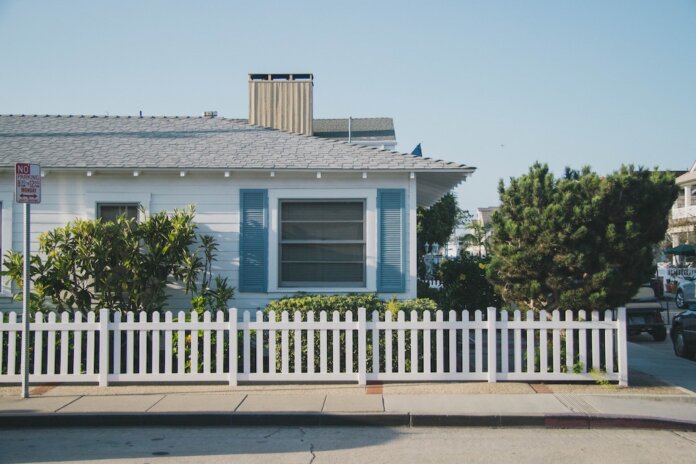Despite increased inventory, U.S. home prices posted a decrease of -0.3% in March compared with February but were up year-over-year, according to the S&P CoreLogic Case-Shiller U.S. National Home Price NSA Index.
The 10-city composite index – measuring home prices in the 10 largest U.S. cities – recorded an increase of 0.01% compared with February while the 20-city composite index saw a decrease of -0.1%.
Year-over-year, home prices were up 3.4%. The 10-city composite saw an annual increase of 4.8% while the 20-city composite posted a year-over-year increase of 4.1%.
New York again reported the highest annual gain among the 20 cities with an 8% increase in March, followed by Chicago and Cleveland with annual increases of 6.5% and 5.9%, respectively.
Tampa posted the lowest return, falling 2.2%.
High home prices and higher mortgage rates have generally dampened buyer activity this spring season – but as more homes come onto the market, home prices are starting to fall, particularly in markets where home construction has been strong.
“Home price growth continued to decelerate on an annual basis in March, even as the market experienced its strongest monthly gains so far in 2025,” says Nicholas Godec, CFA, CAIA, CIPM, head of fixed income tradables and commodities at S&P Dow Jones Indices. “This divergence between slowing year-over-year appreciation and renewed spring momentum highlighted how the housing market shifted from mere resilience to a broader seasonal recovery. Limited supply and steady demand drove prices higher across most metropolitan areas, despite affordability challenges remaining firmly in place.”
“The National Composite Home Price Index posted a 3.4 percent annual gain in March 2025, down from February’s 4.0 percent pace,” Godec says. “Notably, only 0.9 percent of that year-over-year increase came from the past six months, indicating that most appreciation was front-loaded earlier in the year-long period.”
“This pattern underscored a broad cooling trend in second-half 2024 home prices even as spring 2025 arrived,” Godec says. “By comparison, the 20-city composite rose 4.1% year over year, and the 10-city composite climbed 4.8 percent, reflecting somewhat stronger annual appreciation in the largest urban markets.”
There was a stark contrast in home price gains by region and market. New York again reported the highest annual gain among the 20 cities, with prices up 8.0% year over year, followed by Chicago and Cleveland.
At the other end of the spectrum, Dallas barely stayed positive at +0.2%, and Tampa saw prices fall 2.2%, making it the only metro to post a year-over-year decline.
“These results underscored how markets that experienced sharp run-ups earlier in the cycle – particularly in the Sun Belt – continued to adjust under the weight of higher mortgage rates and strained affordability,” Godec says.
“Even as year-over-year gains slowed, U.S. home prices remained at record highs, ensuring long-term homeowners retained substantial equity,” he adds. “This spring’s price resurgence illustrated that seasonal demand and tight supply could reignite price growth, but it also underscored the housing market’s continued sensitivity to mortgage rates and affordability constraints.”
Photo: Gustavo Zambelli











